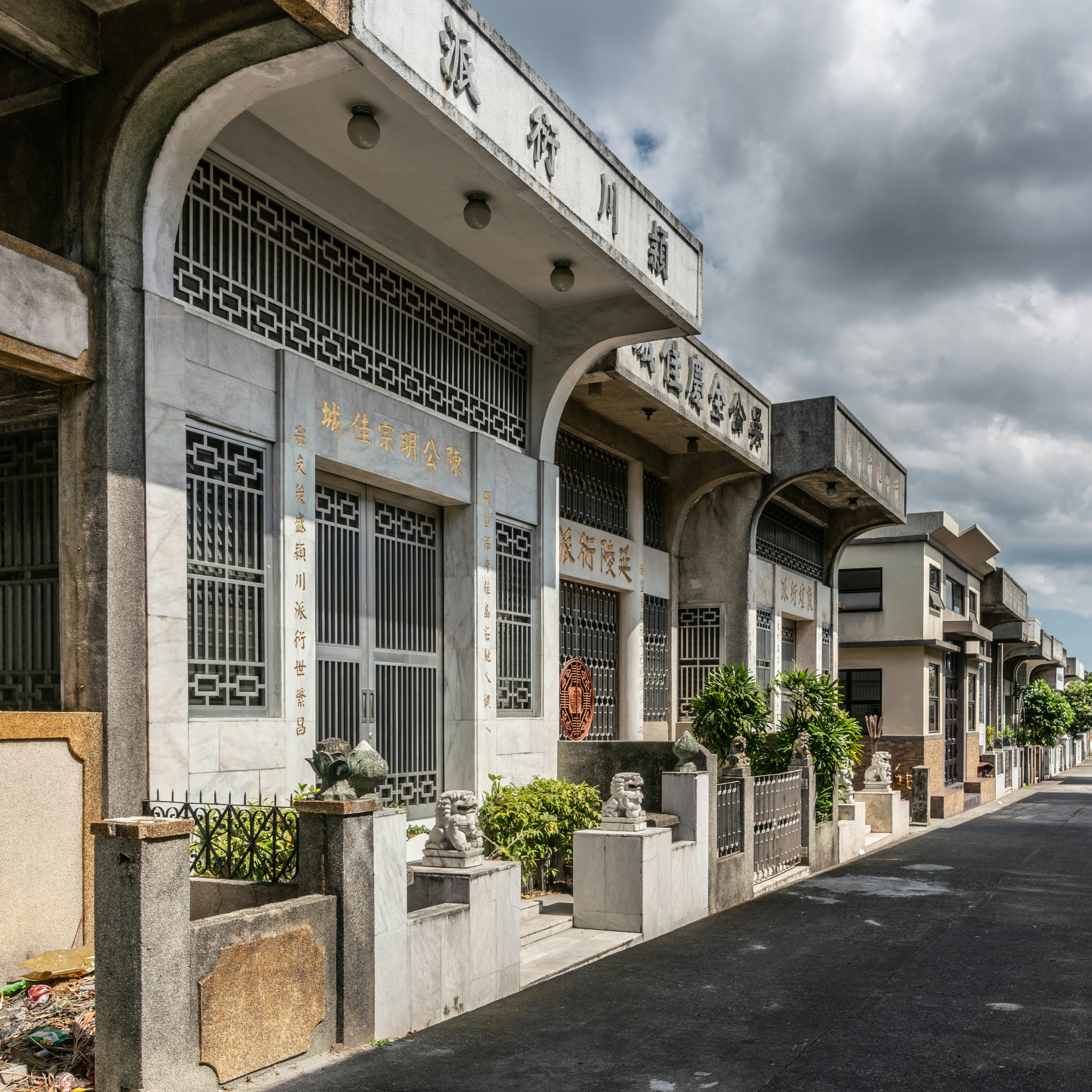

Getty Images/Moment RF
Overview
Manila has outstanding sightseeing it's true, but visitors who put in the effort will discover its creative soul – from edgy galleries to a lively indie music scene. Combine this with a penchant for speakeasy bars, artisan markets and single-origin coffees, and it's clear to see that Manila is not only one of Asia's most underrated cities, but one of its coolest.
Leave the planning to a local expert
Experience the real Manila. Let a local expert handle the planning for you.
Must-see attractions
Planning Tools
Expert guidance to help you plan your trip
Best Things to Do
Our top picks to help you dive into the country’s past, savor local flavors and soak up the city’s frenetic energy before relaxing.
Read full article
Get a book. Get inspired. Get exploring.
in partnership with getyourguide














